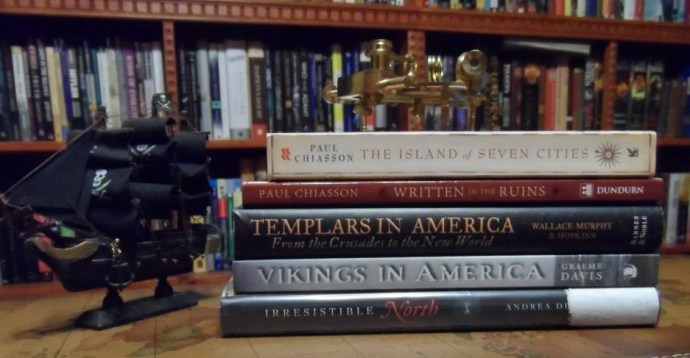Paranormal fiction is massively popular right now. This once subgenre of fantasy now warrants its own section in bookstores. The plethora of vampires and witches that populate many of these books don’t hold my interest. Epic fantasy with vast armies and creatures of ancient myth do. The paranormal and supernatural variety — which seem to be more or less the same thing — hone in on more human-based beings and present-day settings. I’ve always equated paranormal largely with ghosts and they don’t figure too much into fiction. In fact, you are more likely to find books on allegedly real ghost sightings than on imagined. This is what separates this one element of the fantasy world from the rest. Many believe ghosts are real. Trolls and vampires? Not so much.
But do ghosts exist?
There are countless ghost sightings and experiences by thousands of people. Even if one tries to find natural reasons for them all, there are many left that are a bit supernatural. Of course, that doesn’t mean they aren’t natural, only part of nature we don’t always know is there. Dimensional physics. Zero point energy. Nuclear energies that bind molecules together.
Think about it. Person dies in a horrible manner in a battle. What energy is released? If you believe we are more than our carbon atoms, what happens when a soul is (which, be definition, transcends our normal, everyday dimensions) ripped from a body? Does this leave imprints in space? These wouldn’t be a “living” ghost, more like a photograph. Or do traumatic incidents create rifts in the fabric of spacetime? Is this why some hear voices or see scenes from the past played out?
From a physics standpoint, such things aren’t necessarily the realm of fiction. Still, not all ghosts fall into this category. What about ones that are claimed to actually interact with people? Is there some type of being not angel or demon?
Some would say all such ghosts are demons. I heard a ghosthunter recently make a distinction that demons disguised as ghost always show their true colors sooner or later. Others will argue that any studying of or hunting for ghosts is to be avoided. Any “living” ghosts must be of evil origin.
This stems from endless haunted house movies and biblical warnings about spirits in 1 Timothy 4:1, 1 John 4:1, etc. “Spirits” most likely means demons. Yet there appears to be non-demon, non-angel entities described in 1 Samuel 28 and Mark 9:2-8. Are these ghosts? Scripture is not entirely clear on what classifications these manifestations should be considered. However, the witch’s surprise in Samuel seems to indicate she saw something that she had never seen before, nor expected. So was it a ghost of or an act of God? And in Mark, there is no indication that Elijah and Moses were anything but Elijah and Moses. So in the end, the Bible does not appear to contain examples of what are typically defined as ghosts outside of demonic entities.
What are the nature of ghosts that can’t be explained by physics or demons? Or perhaps those are the only explanations we require.







